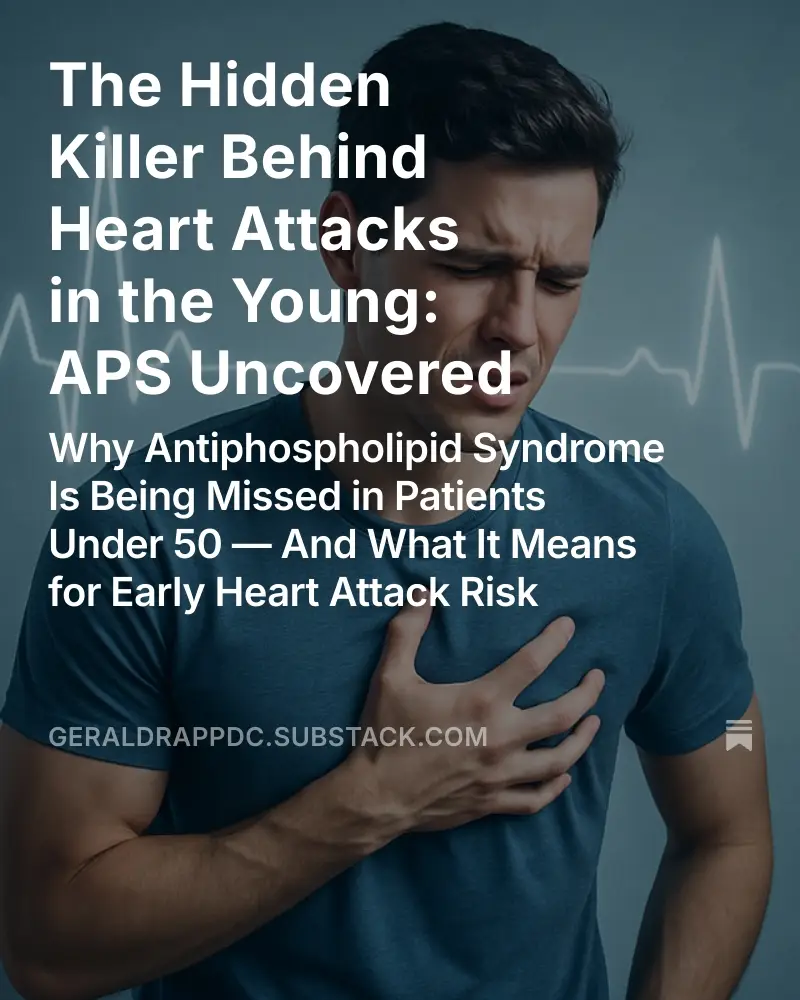At-home mold tests—often marketed as simple petri dish kits or DIY air cassettes—are widely available but deeply flawed in terms of accuracy, reliability, and legal admissibility. These kits typically collect airborne mold spores on a culture plate or settle plate, which is left in a room for a few hours or days. However, they suffer from serious limitations: they don’t capture hidden mold, they’re easily contaminated by external factors (such as open windows, HVAC cycling, or foot traffic), and they offer no reliable quantification of exposure levels or species identification. Additionally, they often cannot distinguish between viable and non-viable spores, nor do they assess mycotoxin production or water activity. The labs that analyze these at-home kits—many of which are not accredited by the American Industrial Hygiene Association (AIHA) or ISO/IEC 17025—typically use non-standardized protocols and are not recognized in legal proceedings. In litigation, particularly toxic tort or insurance cases, courts and expert witnesses generally require mold testing to follow strict chain-of-custody procedures conducted by certified industrial hygienists or environmental professionals.
There are several types of professional mold testing. Air sampling, often using spore trap cassettes, captures airborne particulates to assess concentration and spore types. Surface sampling, including swab or tape lift tests, identifies fungal growth on visible surfaces. Bulk sampling involves sending pieces of material (like drywall or insulation) to a lab. ERMI (Environmental Relative Moldiness Index) and HERTSMI-2 are DNA-based tests that use dust samples to identify mold species via quantitative polymerase chain reaction (qPCR). However, these tests are controversial and not widely accepted in court due to limitations in reproducibility and a lack of correlation with actual exposure risk.
The gold standard in both clinical and legal settings is independent professional testing performed by a certified industrial hygienist (CIH) or Certified Microbial Consultant (CMC). These experts conduct site assessments, utilize calibrated equipment, document the chain of custody, and often collaborate with AIHA-accredited laboratories for analysis. The results, when collected using proper methodologies (e.g., indoor/outdoor comparative air sampling, moisture mapping, and infrared scanning), can be used in toxic tort litigation, insurance disputes, and health evaluations. This level of testing ensures both scientific integrity and legal admissibility, providing the best opportunity to establish causation and liability in mold-related cases


